Railway: Why one remote station lost 90% of its passengers
- Published
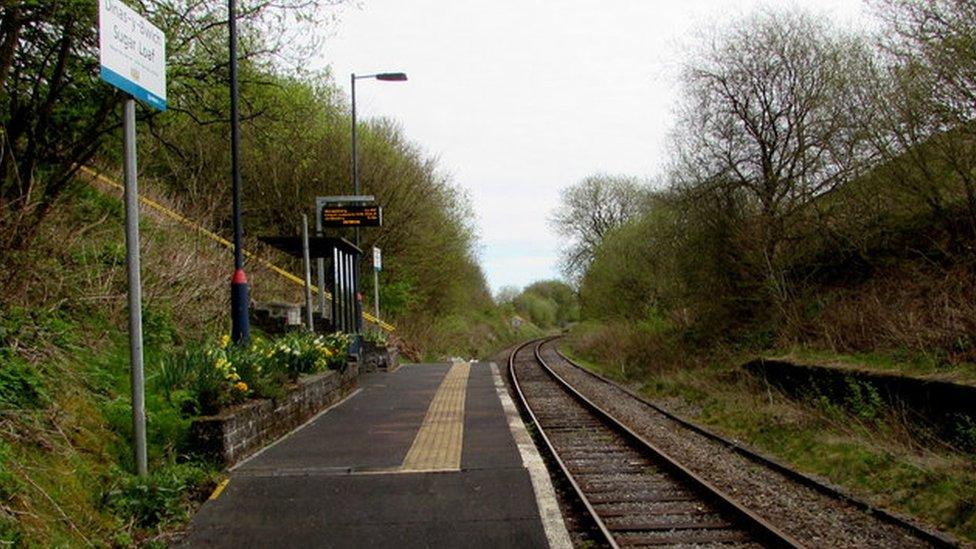
Sugar Loaf station was opened in 1868 and has no regular passengers
Train stations are quieter because of Covid-19 - but among the beautiful rolling hills of deepest, darkest Wales, it is always pretty serene.
You won't find a coffee shop or wifi at the remote Sugar Loaf station - in truth, you won't get a car park, ticket machine or even a mobile phone signal.
But this Powys outpost has had one of the biggest drops in passenger numbers to become Wales' quietest station.
As 87 million commuters braved London Waterloo last year, just 156 came here.
While the UK's busiest station was herding people into London from its 24 platforms in 2019-20, Sugar Loaf welcomed a passenger almost every two-and-a-half days.
And next year it'll be even quieter.
Firstly, the single-track stop was temporarily shut by operators Transport For Wales in July, external because of coronavirus. Trains can't squeeze onto Sugar Loaf's short platform and provide a "safe social distance" between passengers and conductor.
Now the southern section of the picturesque Heart of Wales line between Swansea and Shrewsbury - on which Sugar Loaf is one of 17 request stops - has been shut after a freight train derailed and caught fire in August, damaging the track.
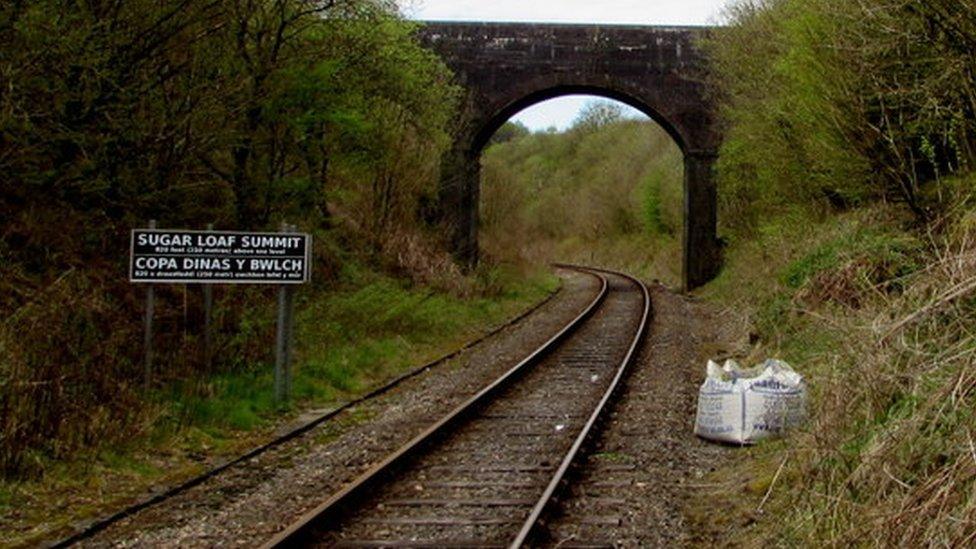
Sugar Loaf Station has been Wales' quietest station for 21 of the last 22 years

In normal times, Sugar Loaf station attracts more trains than passengers
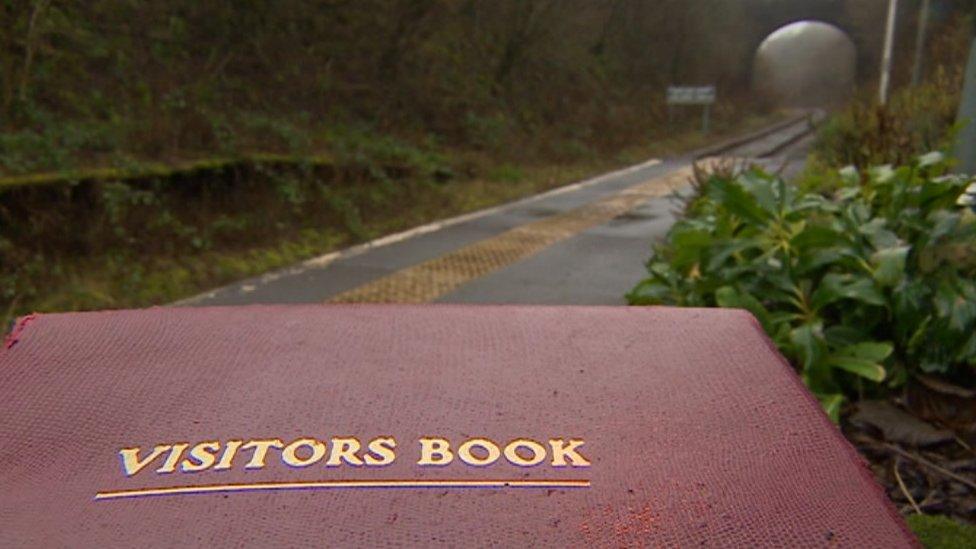
Sugar Loaf Station introduced a big red visitor book in 2017 due to its low passenger use
But nonetheless, the 152-year-old station a few miles north of Llandovery once again has the dubious honour of being Wales' quietest station - and eighth quietest in the UK - because of a drop in "tourists".
Its previous, ahem, surge in passengers to an eye-watering 1,824 people a year was because it held cult status among railway enthusiasts who wanted to say they'd been to the Sugar Loaf - and no not the mountain overlooking Rio's famous Copacabana beach.
Its reputation as a deserted railway retreat made it so popular that a few years ago Sugar Loaf saw the biggest passenger number hike in the UK.

So much so that two lovebirds made the 10-hour round-trip from Didcot to Sugar Loaf in 2018 so Mark could propose to Lindsey as chronicled in its visitor book.
Visitors came from as far afield as the United States just to get a round-ticket to Sugar Loaf.
But the fad of visiting the railway frontier is over, ironically because more people visited. Passenger numbers dropped 90% to 156 from 2017-18 levels.
Confirming Sugar Loaf as Wales' quietest station, The Office of Rail and Road said the "return to normal levels of demand" was after a "substantial increase caused by the station being highlighted as one of Wales' lowest-utilised stations".

Sugar Loaf, which doesn't have one regular passenger to speak of, was opened as part of the Central Wales Extension Railway in 1868 and built to serve the nearby railway worker cottages so their children could get to nearby Llanwrtyd Wells.
The rural branch line survived the infamous railway cuts of Beeching Axe in the 1960s as it passed through six marginal constituencies and politicians feared they'd lose their seats if the route shut.
Nowadays, the etiquette to stopping the train at Sugar Loaf is from a bygone age, with passengers waving when the single carriage comes into view to flag it down.
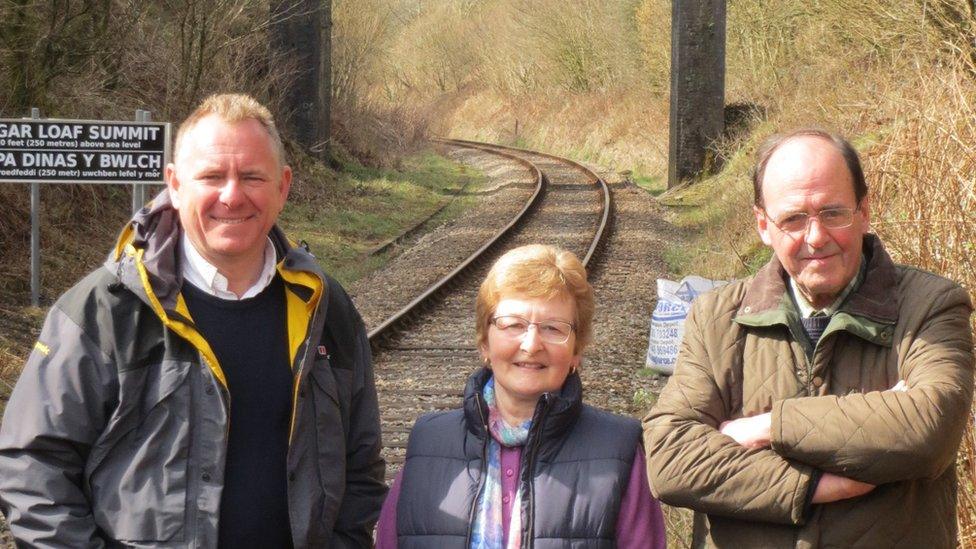
Sugar Loaf Station adopters Peter and Margaret Joyce appeared on a BBC programme with presenter Jamie Owen
BBC archive of when Wales' quietest station became busier
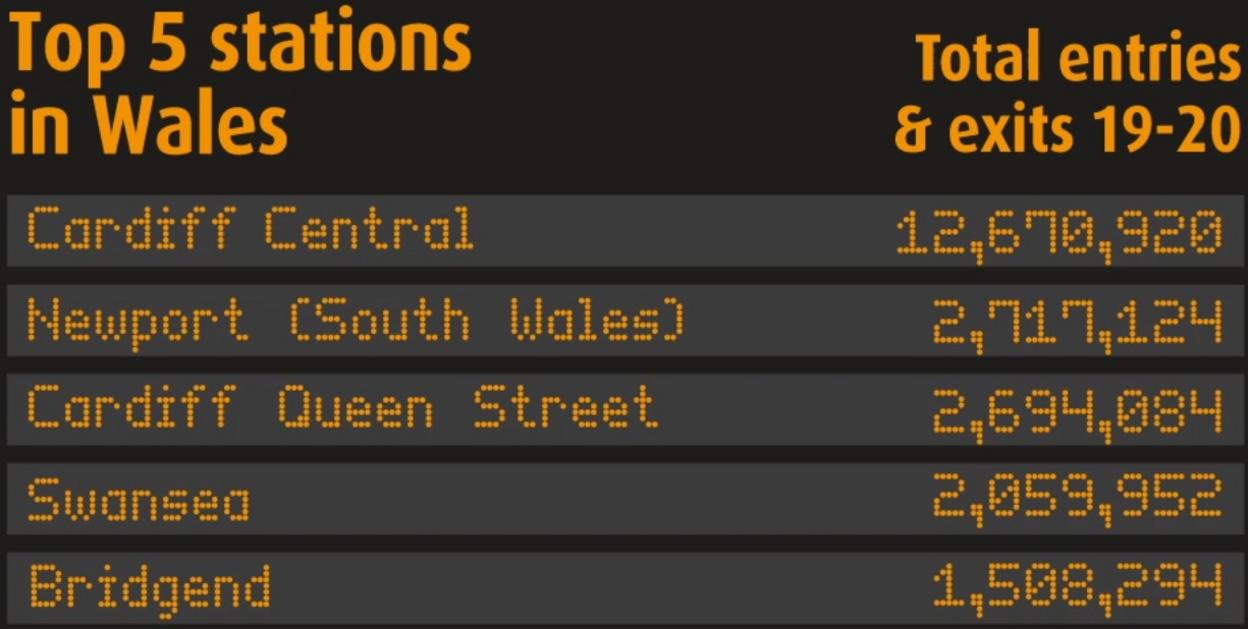
If you're on the train, you've got to politely ask the conductor for it to stop at Sugar Loaf as it trundles towards Cynghordy Viaduct.
The fact only 156 people got on or off the train there means that Sugar Loaf has been Wales' least used station for 21 of the last 22 years, with Dolgarrog on the Conwy Valley Line taking the quietest crown in 2018.
- Published1 December 2020
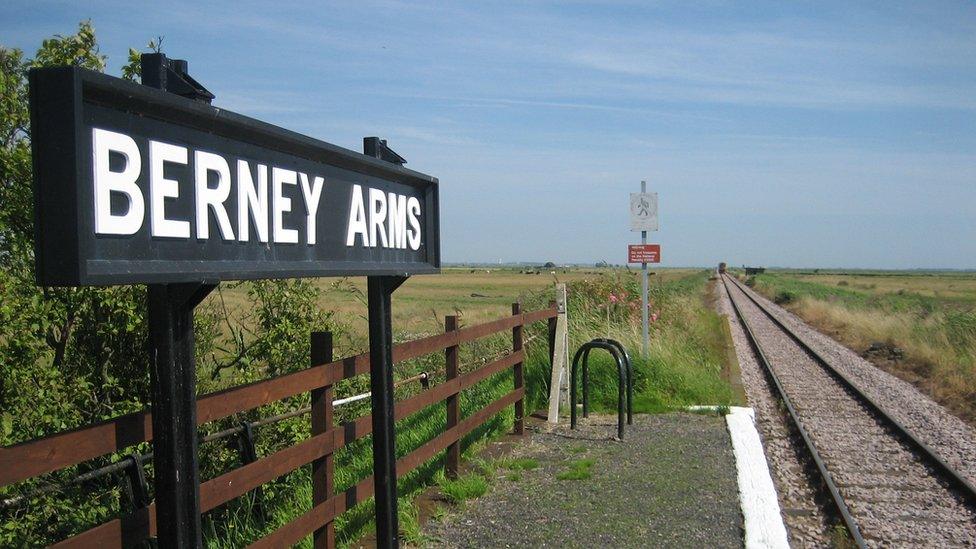
- Published11 December 2018

- Published12 December 2018
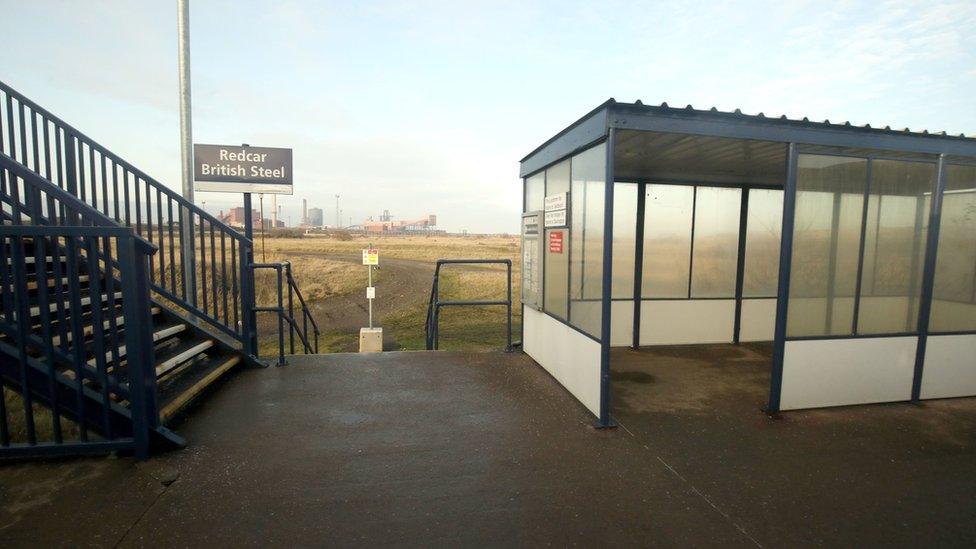
- Published16 October 2018
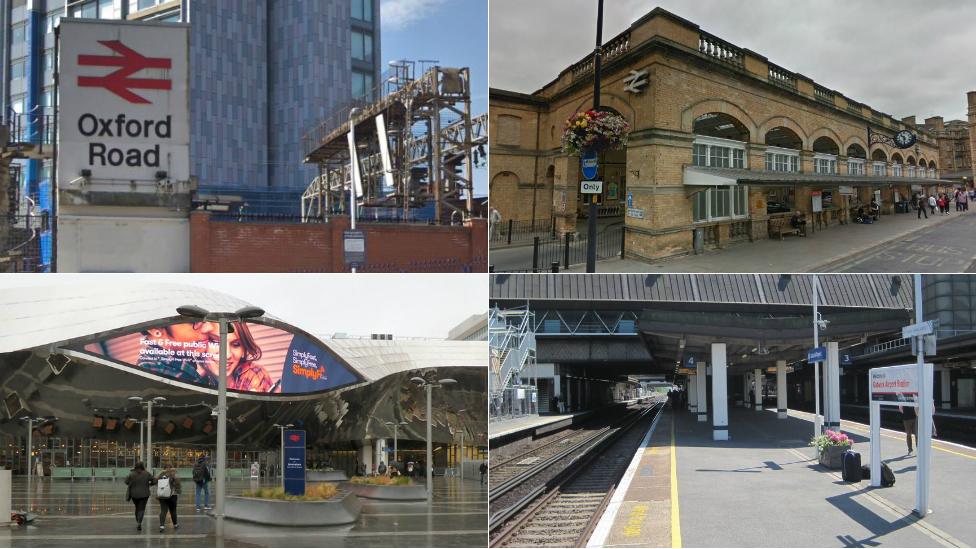
- Published7 May 2018

- Published3 July 2017
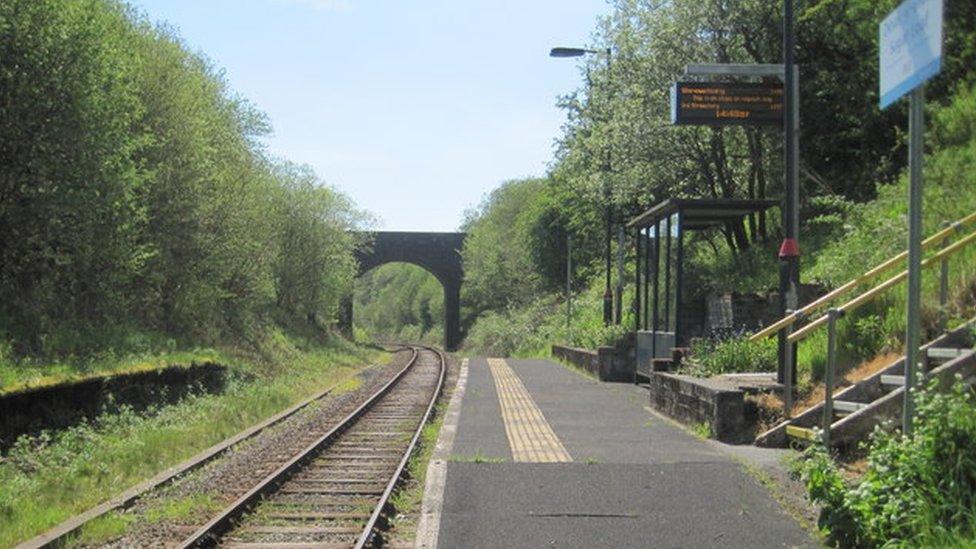
- Published15 December 2015
